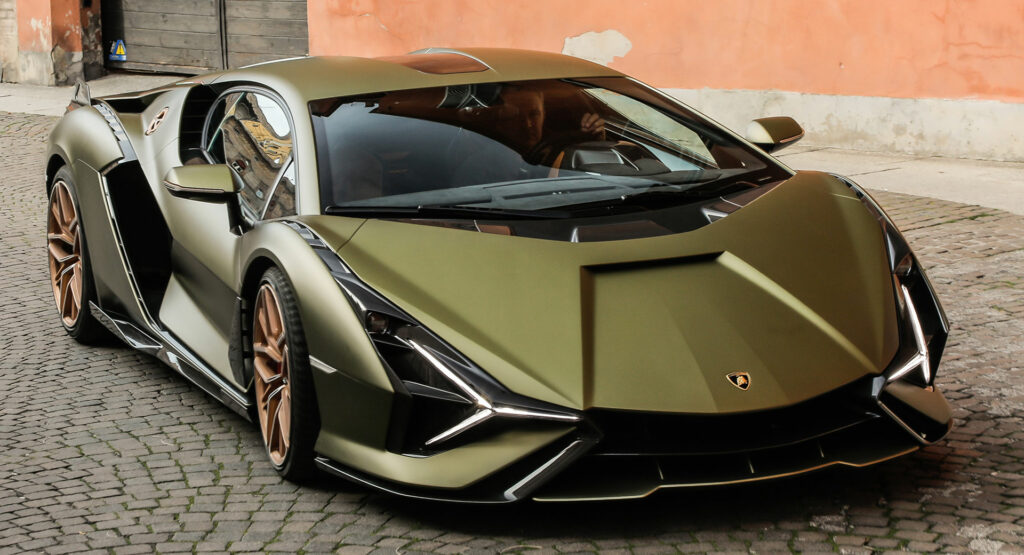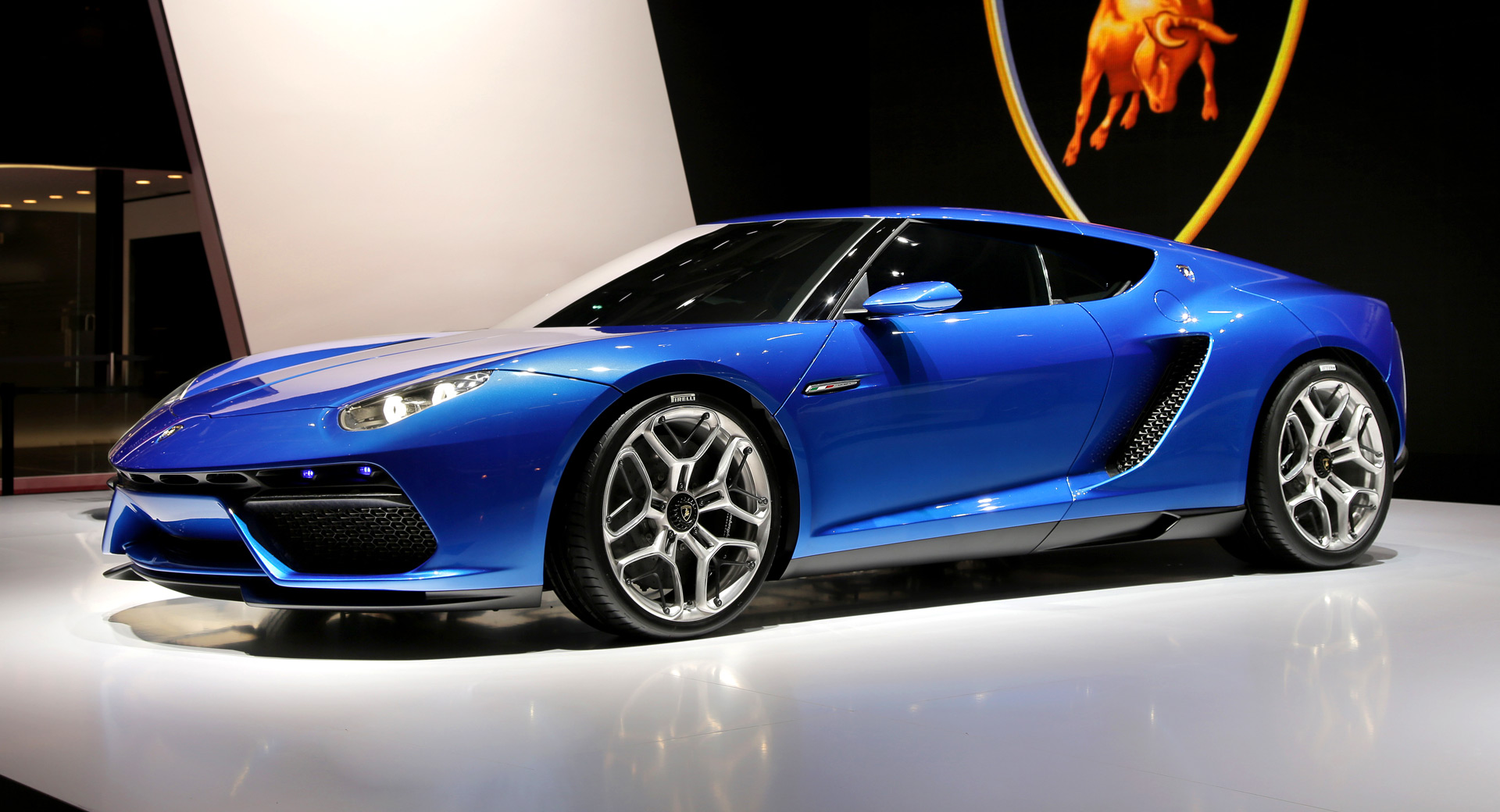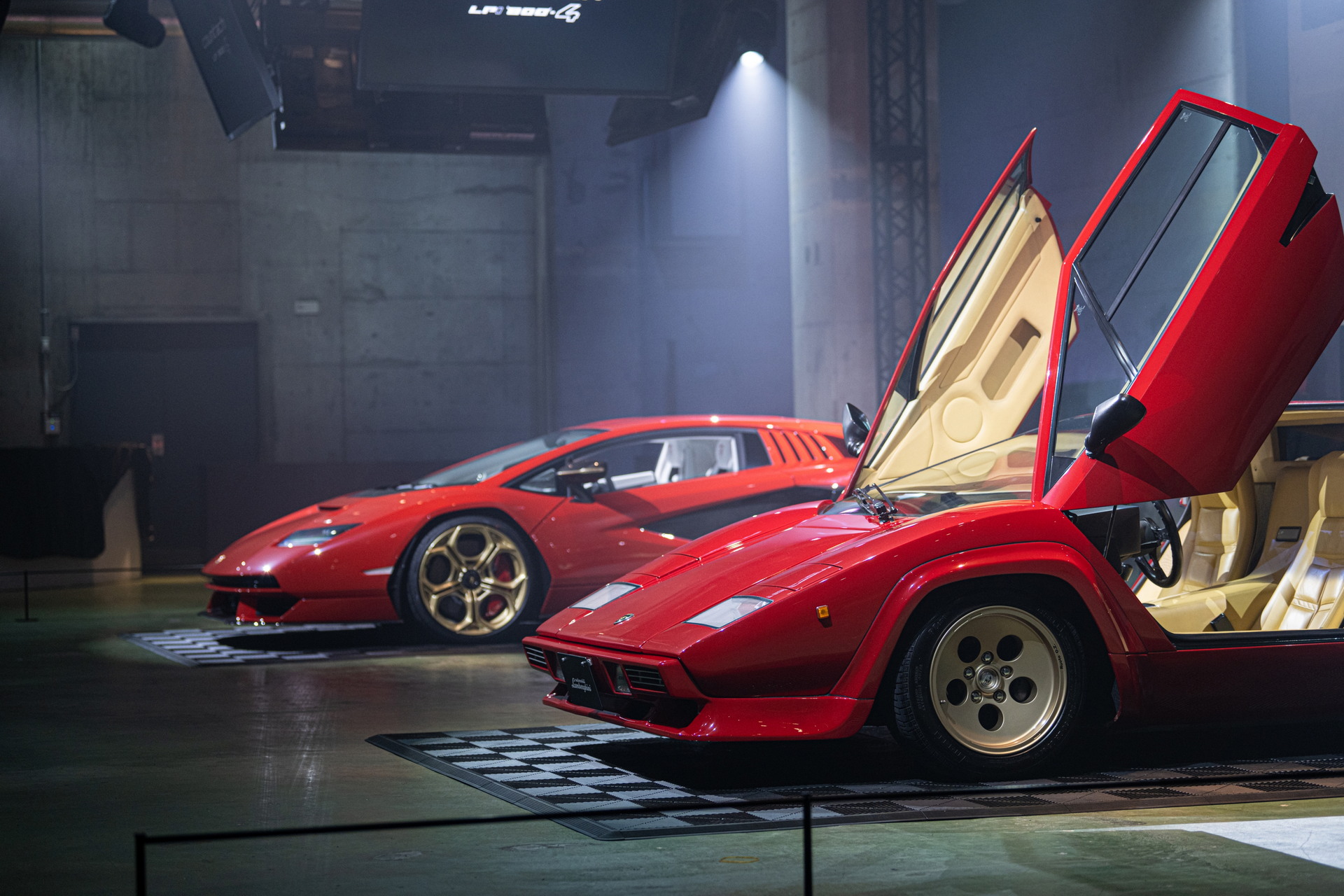Legacy supercar manufacturers from around the world are facing a challenge: how to go green. Now, a couple of top executives from Lamborghini are letting us in on their plans for the future.
The transition to electrification has been going on for some time at Lamborghini. All the way back in 2014, it debuted a concept called the Asterion which featured a Huracan V10 engine working in unison with three electric motors to develop a total of 897 horsepower (668 kW). That car never came to fruition but years later, the Sian FKP 37, the first production electrified Lamborghini, did. Now, we have the Countach LPI 800-4 which, like the Sian, uses supercapacitor technology instead of a conventional battery.
In a couple of new interviews, both CEO Stephan Winkelmann and CTO Rouven Mohr are making some bold statements. Winkelmann told MotorTrend that electrification will be “the biggest challenge since the beginning of the company.” That’s saying something considering how many different times the brand has changed hands since Ferrucio decided to build cars to spite Enzo Ferrari.
Read More: Lamborghini Diving Into Synthetic Fuel Development
Fittingly, Winkelmann says that the very first all-electric Lamborghini will go back to the brand’s roots. “It will be a 2+2 GT car, like the 350 GT Ferruccio Lamborghini started within 1963,” he says. “Less performance-only, more daily drivable.” How will such a vehicle embody the spirit of the wild and raucous Lamborghinis of old? Well, one thing we do know is that it won’t be through fake noises of internal combustion engines.
Speaking to Autoweek, Mohr says that it’s going to be a challenge to make an all-electric Lambo just as exciting without an ICE power plant. “The problem is that the acoustic characteristic of every electric motor is quite similar,” he says. “It’s not like the combustion world where you have huge differences between a three-cylinder and a W16. So there are fewer possibilities.”
Thankfully, he seems to hate those fake engine sounds as much as most other hardcore car enthusiasts. “We definitely won’t do something like put 10 additional speakers into a car then play a fake V10 sound,” he says. Mohr goes on to say that he’s confident in his engineers, noting that every generation has had its own challenges and every one has overcome them. We can’t wait to see how Lamborghini solves this problem.






